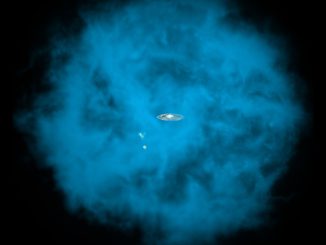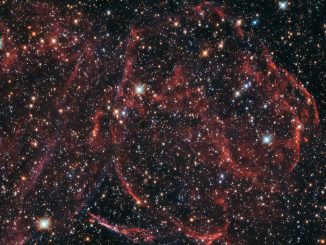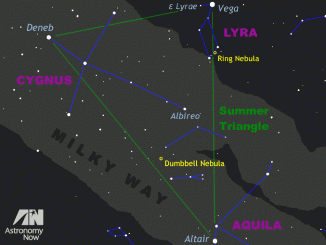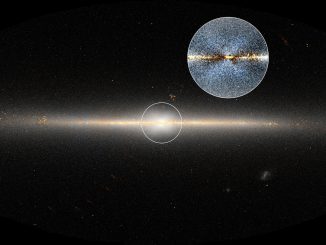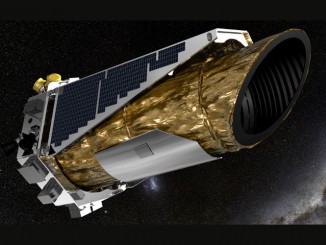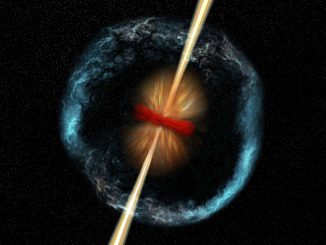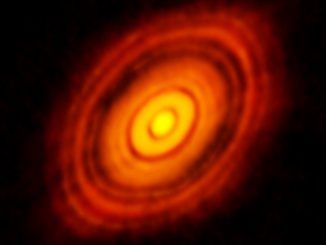
Hubble captures an ancient cosmic cluster
Located some 22,000 light-years away in the southern constellation of Musca (The Fly), this tightly packed collection of stars — known as a globular cluster — goes by the name of NGC 4833. Globular clusters are thought to contain some of the oldest stars in our galaxy. This NASA/ESA Hubble Space Telescope image shows the dazzling stellar group in all its glory.

